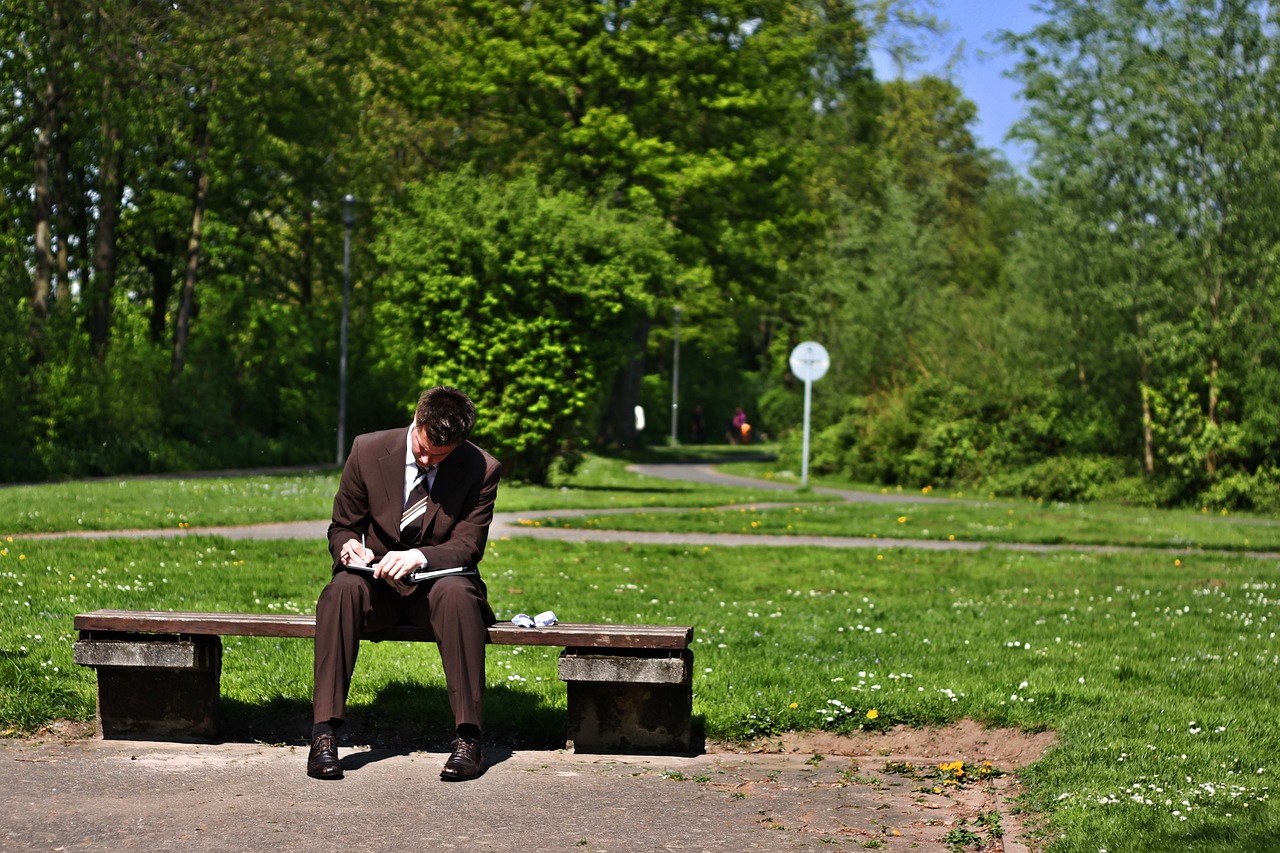Designing Accessible Event Spaces for All Attendees
sky.247, diamondexch9 com, tiger exchange vip:Designing Accessible Event Spaces for All Attendees
Planning an event can be an exciting endeavor, from choosing the theme to selecting the perfect venue. However, one crucial aspect that sometimes gets overlooked is ensuring that the event space is accessible to all attendees. Designing an accessible event space is not only essential for compliance with regulations, but it also ensures that all guests can fully participate and enjoy the event. In this article, we will discuss some key considerations for designing accessible event spaces that cater to individuals with disabilities and diverse needs.
1. Start with Venue Selection
The first step in designing an accessible event space is selecting a venue that is compliant with accessibility standards. Look for venues that have ramps, wheelchair-accessible entrances, and accessible restrooms. Ensure that there are designated parking spaces for individuals with disabilities and that the venue is equipped with elevators or lifts for guests who may have mobility impairments.
2. Provide Clear Signage
Clear signage is essential for guiding attendees throughout the event space. Make sure that all directional signs, restroom signs, and room numbers are easy to read and prominently displayed. Consider using high-contrast colors and large fonts to make signage more visible for individuals with visual impairments.
3. Consider Seating Arrangements
When designing seating arrangements for your event, ensure that there are designated areas for individuals who use wheelchairs or other mobility aids. Leave ample space between seats to accommodate wheelchair users and consider providing flexible seating options for guests with different needs. Make sure that seating is comfortable and supportive for all attendees.
4. Incorporate Assistive Technologies
Consider incorporating assistive technologies into your event space to accommodate individuals with hearing or visual impairments. Install hearing loops in meeting rooms or auditoriums to amplify sound for guests with hearing aids. Provide braille signage or tactile maps for guests with visual impairments. Additionally, make sure that your event’s website and promotional materials are accessible to individuals using screen readers or other assistive technologies.
5. Ensure Accessibility in Event Programming
When planning event programming, consider the diverse needs of your attendees and make accommodations where necessary. Provide live captioning or sign language interpreters for guests with hearing impairments. Consider offering sensory-friendly spaces for individuals with autism or other sensory sensitivities. Ensure that all presentations and materials are available in accessible formats for individuals with visual impairments.
6. Train Staff on Disability Awareness
It is essential to train event staff on disability awareness and inclusive practices to ensure that all attendees feel welcome and supported. Provide staff with training on how to assist individuals with disabilities, including how to offer assistance without being patronizing. Encourage staff to be proactive in identifying and addressing accessibility barriers throughout the event.
7. Conduct Accessibility Audits
Before the event, conduct accessibility audits of the event space to identify any potential barriers to access. Invite individuals with disabilities to participate in the audit and provide feedback on areas that may need improvement. Make necessary adjustments to the event space based on audit findings to ensure that all attendees can fully participate in the event.
8. Offer Accessible Transportation Options
Consider providing accessible transportation options for guests who may have difficulty getting to the event. Arrange for accessible transportation services or provide information on accessible public transportation routes for attendees with mobility impairments. Ensure that transportation options are clearly communicated to all guests in advance of the event.
9. Create Inclusive Policies and Procedures
Develop inclusive policies and procedures that reflect your commitment to accessibility and inclusivity. Ensure that registration processes are accessible to individuals with disabilities and that information on accessibility accommodations is readily available. Communicate your commitment to accessibility in all event materials and promotional efforts.
10. Seek Feedback from Attendees
After the event, seek feedback from attendees on their experience with accessibility accommodations. Use feedback to identify areas for improvement and make necessary adjustments for future events. Encourage attendees to provide input on accessibility practices to ensure that your event space continues to be inclusive and welcoming to all guests.
In conclusion, designing accessible event spaces is essential for creating an inclusive environment where all attendees can fully participate and enjoy the event. By considering the diverse needs of individuals with disabilities and implementing accessibility best practices, you can create a welcoming and inclusive event space for all guests. Remember that accessibility is not a one-size-fits-all approach, so be open to feedback and continuously strive to improve accessibility practices in your event planning. By prioritizing accessibility, you can ensure that all attendees have a positive and memorable experience at your event.
FAQs
Q: How can I ensure that my event space is accessible to individuals with various disabilities?
A: Start by selecting a venue that is compliant with accessibility standards and consider factors such as seating arrangements, signage, assistive technologies, and staff training to create an accessible environment for all attendees.
Q: What are some common accessibility barriers that I should watch out for in event spaces?
A: Common accessibility barriers include lack of ramps or elevators, inadequate signage, uncomfortable seating arrangements, lack of assistive technologies, and staff members who are not trained in disability awareness.
Q: How can I gather feedback from attendees on accessibility accommodations at my event?
A: Consider distributing surveys or feedback forms to attendees after the event to gather input on their experience with accessibility accommodations. Encourage attendees to provide suggestions for improvement and use feedback to make necessary adjustments for future events.







